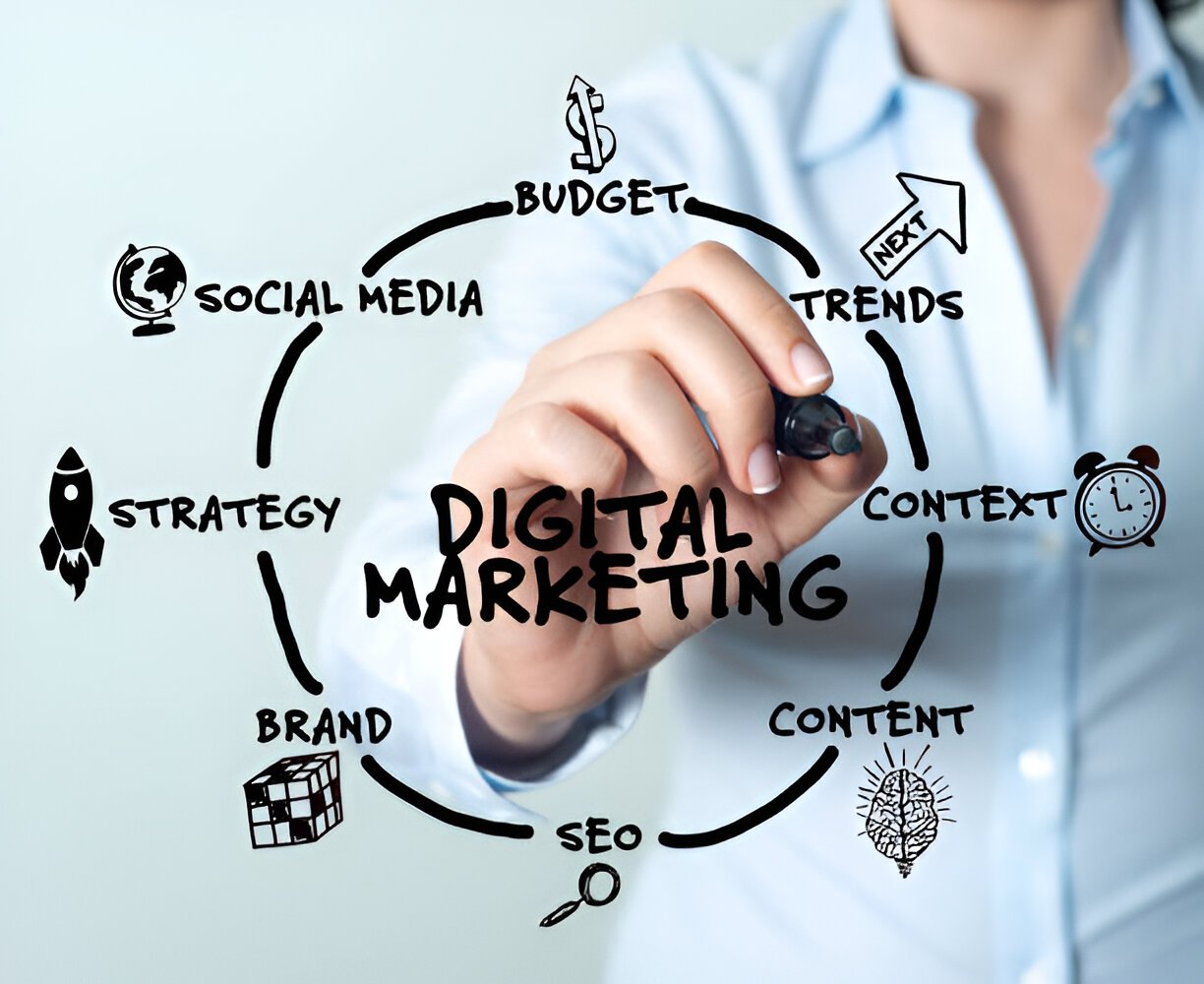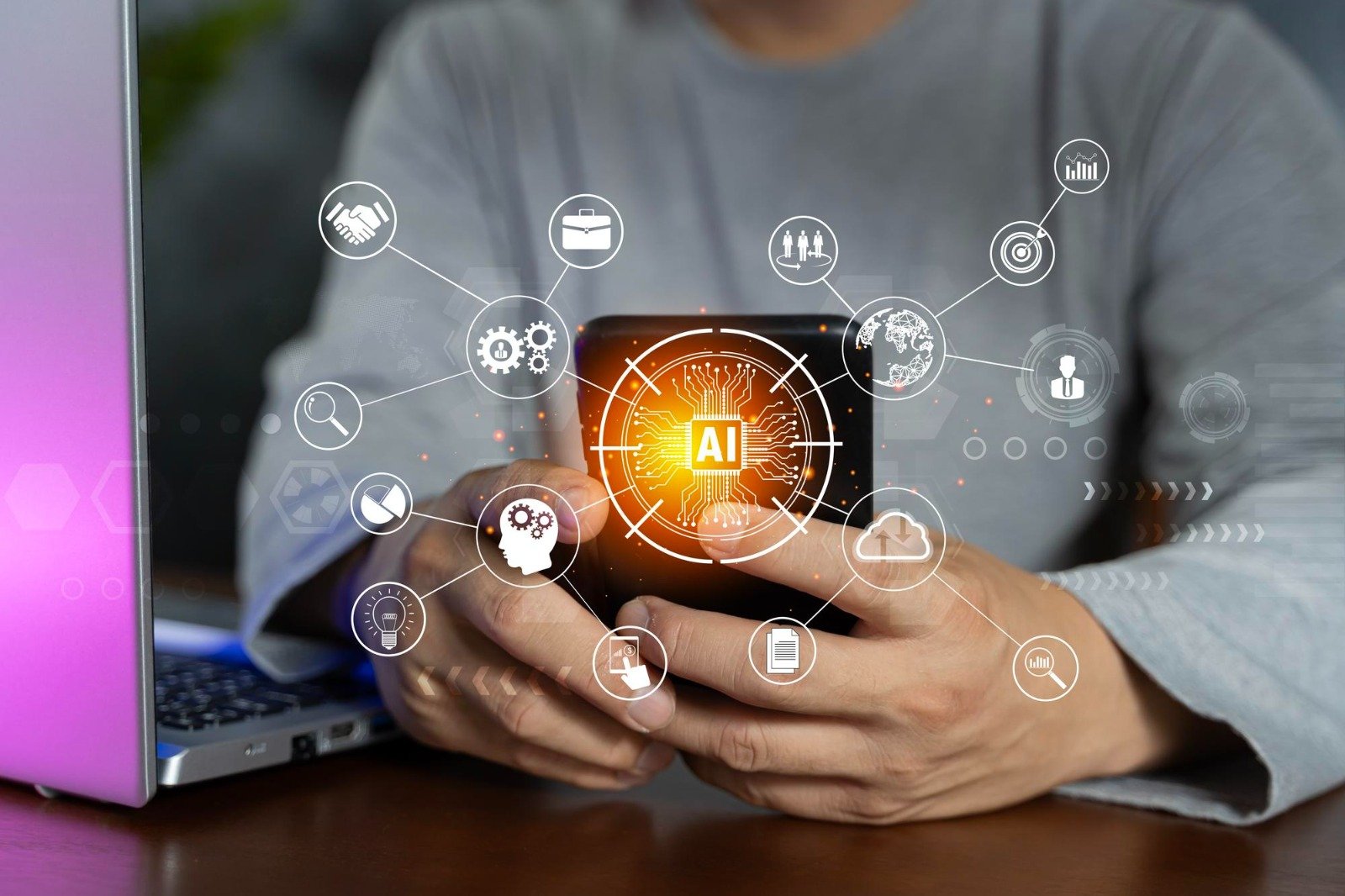Query Form
Query Form
Chatbots: An Ultimate Guide

#1. What is Chatbots: An Ultimate Guide
In the current fast-paced digital environment, both consumers and organizations are searching for more intelligent, effective ways to communicate. One tool that is revolutionizing this industry is the chatbot, an artificial intelligence (AI)-powered conversational agent that mimics human speech. Chatbots are no doubt well-known, whether you work in marketing, customer service, healthcare, or e-commerce. However, precisely what are they? How are they operated? And, more importantly, how can they help your company? These and other queries are the focus of this comprehensive guide. What Is a Chatbot? A chatbot is fundamentally a software program created to mimic human-user communication, especially online. Simple chatbots that reply to preprogrammed inquiries are one type of chatbot; more complex AI chatbots that pick up on conversational cues and modify their responses are another. There are two primary types of chatbots: Rule-Based Chatbots: The paths that these bots take are preprogrammed. The bot presents alternatives to users and scripts its responses according to their choices. You're talking with a rule-based bot, for instance, when you ask for customer service assistance and the chatbot responds, "Press 1 for technical issues, 2 for billing inquiries." AI-Based Chatbots: Artificial intelligence (AI) bots, also called "smart" bots, interpret user inquiries and get smarter over time using machine learning and natural language processing (NLP). They can handle more complicated inquiries because they don't have to rely on pre-programmed answers and because they can examine and learn from user interactions. The Evolution of Chatbots: Since their inception, chatbots have advanced significantly. Joseph Weizenbaum, an MIT professor, created ELIZA, the first chatbot ever, in 1966. ELIZA functioned as a psychotherapist, imitating her and directing discussion with preprogrammed responses. It was primitive by today's standards, but it paved the way for further advances in AI-driven debate. In the present era, chatbots have become indispensable to corporate operations in various sectors. Chatbots have come a long way, from the 2011 release of Apple's Siri to the creation of sophisticated conversational agents like OpenAI's GPT. They are now more intelligent, effective, and human-like than ever. How Do Chatbots Work? To understand how chatbots work, it's essential to know the underlying technologies that power them: 1. Natural Language Processing (NLP): NLP is the branch of AI that helps machines understand, interpret, and respond to human language. It involves three core tasks: Intent Recognition: Figuring out what the user wants to do. Entity Recognition: Identifying key pieces of information in the user’s query (like names, dates, products, etc.). Dialogue Management: Determining the appropriate response based on the context. 2. Machine Learning (ML): AI-powered chatbots use machine learning to learn from previous discussions, which helps them get better over time. This makes it possible for them to respond with greater precision and individuality. 3. Integration with Databases: Usually integrated into an organization's backend systems, chatbots enable real-time access to pertinent data and information (such as customer orders and account balances). Popular Use Cases of Chatbots: Chatbots have a wide variety of applications across industries: 1. Customer Service: Customer support is one area where chatbots are most frequently used. Companies utilize them to answer routine questions, freeing up human agents to work on more difficult assignments. Chatbots can offer rapid support for a variety of tasks, including product information, FAQ answers, and troubleshooting simple problems. 2. E-commerce and Sales: E-commerce businesses utilize chatbots to improve the consumer experience. Chatbots, for example, can track orders, assist clients in finding products, and make suggestions based on past browsing activity. This raises sales and conversion rates while also enhancing customer happiness. 3. Healthcare: Chatbots are being used more and more in the medical field to help with appointment scheduling, make initial diagnoses, and respond to inquiries about health. A healthcare chatbot might inquire about a patient's symptoms, for instance, and then suggest possible causes using data from medical databases. 4. Marketing: Businesses, especially those in the digital marketing space, employ chatbots to communicate with prospective customers. Chatbots can be used, for instance, to start discussions with website visitors, suggest products, or gather user information for upcoming marketing campaigns. They are now essential for increasing engagement and fostering relationships with customers. 5. Financial Services: Banks and other financial institutions utilize chatbots for a variety of functions, such as managing transactions, answering inquiries about balances, and providing financial guidance. Customers who seek prompt, dependable responses can have a seamless experience with this. Benefits of Chatbots for Businesses: 1. 24/7 Availability: In contrast to human workers, chatbots are available around the clock, which makes them a priceless resource for companies with international clientele. A chatbot can answer a customer's question at any time of day, even at midnight. 2. Cost Efficiency: Hiring customer service agents to handle basic inquiries can be expensive, especially when demand fluctuates. Chatbots can manage high volumes of queries without requiring additional resources, thus saving businesses both time and money. 3. Improved Customer Engagement: Chatbots ensure that clients don't have to wait a long time for assistance by responding quickly and effectively. Higher engagement rates and increased customer satisfaction are the results of this. 4. Personalization: AI chatbots can provide individualized experiences by examining previous exchanges and user data. Chatbots can add a more personalized touch to encounters by offering personalized answers or product recommendations. 5. Scalability: The demands of firms for customer service increase with growth. Chatbots can handle thousands of conversations at once with ease and without any difficulty at all. They are therefore perfect for companies that are expanding quickly. Challenges of Chatbot Implementation While chatbots offer numerous benefits, they also come with challenges: Understanding Complex Queries: Even with recent improvements, chatbots still have trouble answering intricate or multi-layered questions, particularly when the terminology is unclear. Integration Issues: For chatbots to be genuinely successful, they must smoothly interface with the databases and CRM systems already in place in a company. This might be difficult, particularly for more outdated systems. User Frustration: Customers may become frustrated and have a bad experience with a poorly built chatbot that is unable to comprehend or respond to their inquiries. Making sure bots can send users to human representatives when needed is crucial. Future Trends in Chatbots Chatbot technology continues to evolve, and several trends are shaping its future: Voice-Enabled Chatbots: As seen with virtual assistants like Siri and Google Assistant, the future of chatbots is likely to involve voice interaction. This will make conversations more natural and seamless. Conversations will flow more naturally as a result. Emotionally Intelligent Chatbots: The goal of developing more emotionally intelligent chatbots is to allow them to recognize the user's mood and react appropriately. This can lead to increased client satisfaction and a more sympathetic encounter. Hyperpersonalization: Chatbots will get more adept at providing incredibly tailored experiences as AI technology develops. Based on even more detailed data, they will be able to anticipate what clients want, resulting in more meaningful encounters. Multi-Lingual Support: Multilingual chatbots will become indispensable as firms grow internationally. More broadly, chatbots will be able to comprehend and react in multiple languages thanks to advanced natural language processing (NLP) technology. How to Choose the Right Chatbot for Your Business: Choosing the right chatbot for your business depends on several factors: Purpose: What goals do you have for your chatbot? A basic rule-based bot could be adequate if providing customer support is your main objective. However, an AI-driven chatbot is a superior choice for more complicated jobs like lead generation or sales. Platform: Chatbots can be incorporated into several platforms, such as social media networks, smartphone apps, and websites. Install your chatbot where your clients are most likely to be engaged. Integration Capabilities: Make sure the chatbot you select can be readily integrated with the ERP, CRM, or other business systems you currently have in place. Scalability: Select a chatbot system that can grow with your company if it is expanding. Customization: The needs of various businesses vary. Verify that the chatbot you choose can be tailored to fit the goals and voice of your brand. Conclusion: Chatbots are revolutionizing the way companies engage with their clientele, providing a plethora of advantages, from enhanced customer support to heightened productivity and financial savings. Chatbots will only become increasingly essential to company strategy across industries as AI technology advances. The secret for companies thinking about deploying chatbots is to start small, identify your objectives, and select the best kind of chatbot for the job. Chatbots can offer a seamless, entertaining solution that improves customer experiences, whether you want to boost marketing efforts, generate e-commerce sales, or offer 24/7 customer care. In the end, chatbots have a bright future ahead of them thanks to developments in AI and NLP that will produce even more intelligent, effective, and emotionally aware bots. Companies that get into chatbot technology now will have a strong advantage in the digital era.
Query Form
Follow Up on Social Media for Daily New Search Engine Update
Subscribe to Get the Latest Updates on the Search Engine World and How We Can Help Your Business
Note: Please enter a valid email id
Let’s Get to Talkin’
Support
Mail us for:
Complaint/Suggestion
Call Us
+91 9992229755
+91 98759 29761
Our Trusted Partners



© 2025 Career Infowis IT Solutions. All Rights Reserved.
























